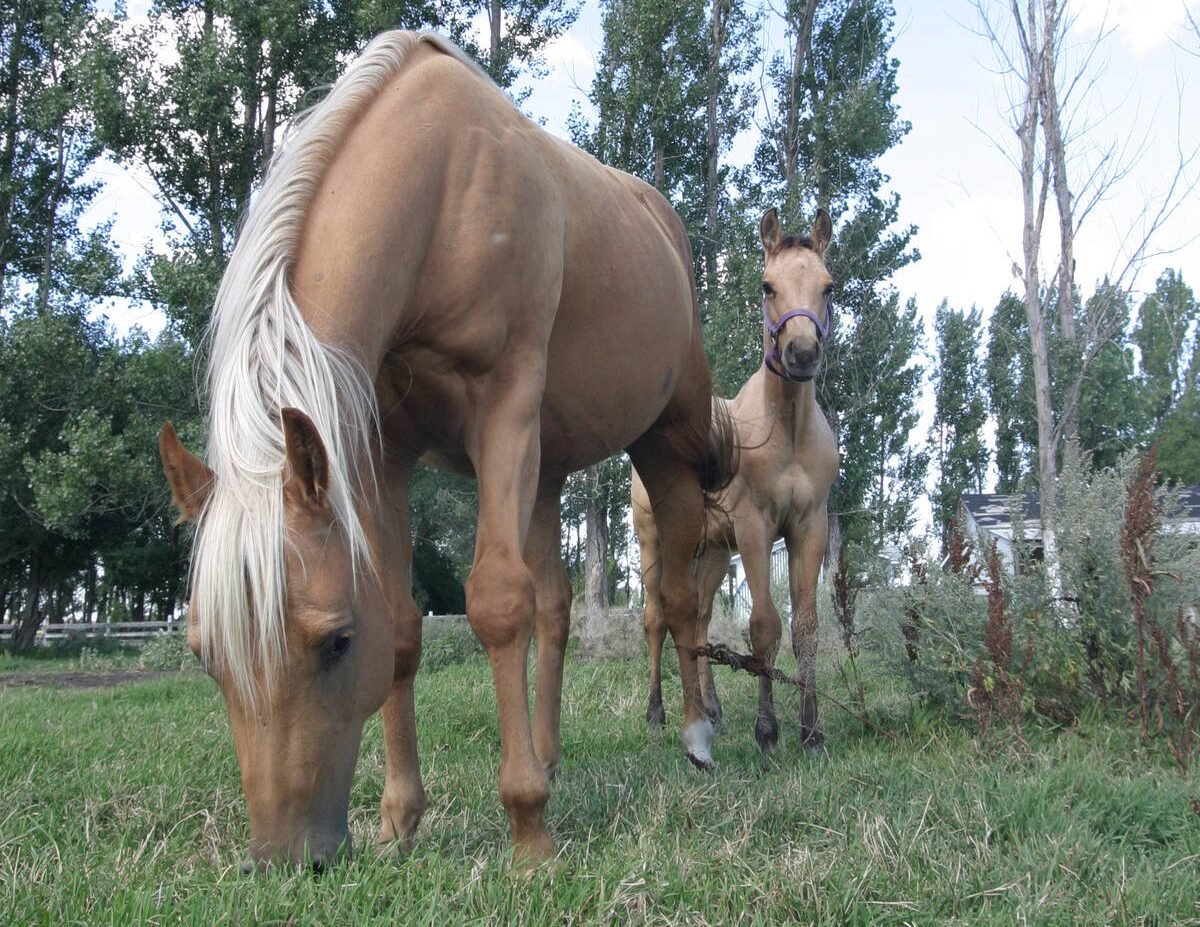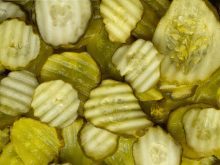Two years ago, a network of some 600 scientists around the world conducted an ambitious survey of animal life. They looked at 9,615 bird species, 4,355 mammal species, 1,277 reptile species, 497 amphibian species, 2,158 fish species.
The results, as reviewed and analyzed in a recent Worldwatch Institute study, were startling – almost one in five of the surveyed species are in danger of extinction.
“We are in the midst of a mass extinction, an event not seen since the disappearance of the dinosaurs 65 million years ago,” says researcher John Tuxill, author of the study.
Read Also

Growth plates are instrumental in shaping a horse’s life
Young horse training plans and workloads must match their skeletal development. Failing to plan around growth plates can create lifelong physical problems.
He says fossil records indicate that historically extinction has claimed from one to 10 species per year, but scientists estimate that this year a thousand species could vanish.
The main reason is human activity:
- Habitat destruction, through actions like forest-clearing and roadbuilding, is the primary threat to most of the endangered land species.
- Overfishing threatens not only the target fish, but other marine life that gets swept up in the nets.
- Pollution, including agricultural runoff, affects both land and water creatures.
- Demand for animal parts for aphrodisiacs or natural medicines has led to excessive hunting of tigers and other animals, while the continuing quest for ivory still threatens elephants.
The consequences of vanishing species should not be ignored.
Tuxill warns that “the loss of species and populations and the resulting simplification of the natural world touches everyone, for no matter where or how we live, biodiversity underpins our existence.”
He notes that medicine relies heavily on drugs that include compounds derived from wild species. Crop and livestock improvements also rely on genetic diversity.
Fortunately, the picture is not completely bleak. With public support, many species can be protected, and ways can be found for others to co-exist with humans.
Agriculture is a part of the problem, but it can also contribute to solutions. Tuxill cites one British study that found only seven skylarks after harvest in a field that had been conventionally seeded. Another field seeded with no-till equipment had 157 skylarks, and more than 200 other birds.
In that and other ways, the world’s farmers could play important roles. But society needs to support them in doing so. Fair compensation for crop damage, or for land left idle for the benefit of wildlife, should not be a problem for a global society committed to maintaining biodiversity.














